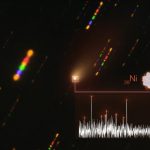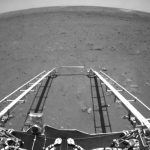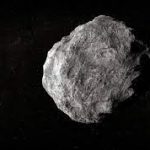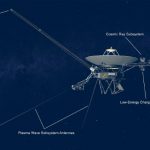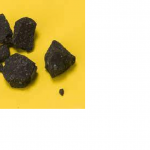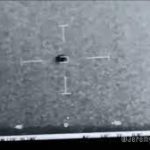Astronomers Detect Nickel in Coma of Interstellar Comet 2I/Borisov0
- From Around the Web, Space
- May 20, 2021
Using spectroscopic observations from ESO’s Very Large Telescope, a duo of astronomers from Poland has detected atomic nickel vapor in the cold coma of 2I/Borisov, an interstellar comet discovered on August 30, 2019 by amateur astronomer Gennady Borisov.

